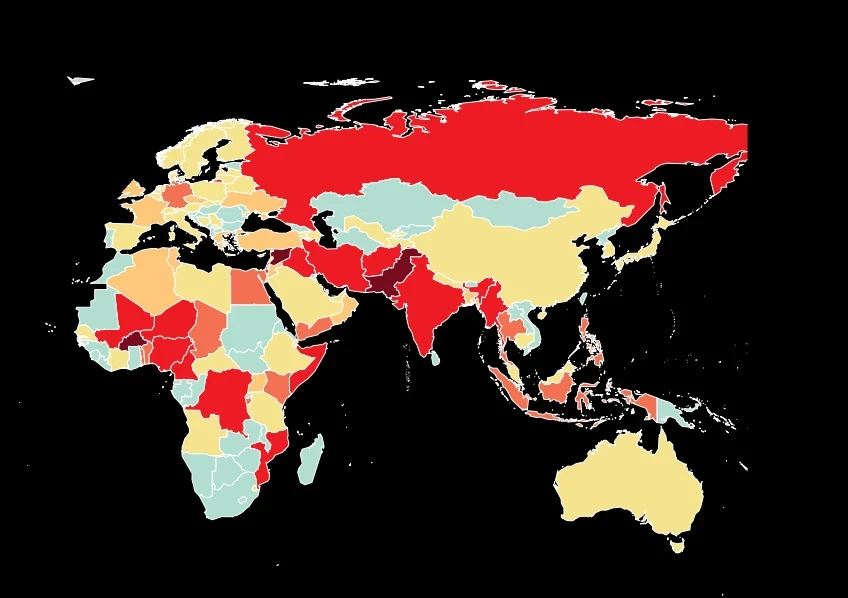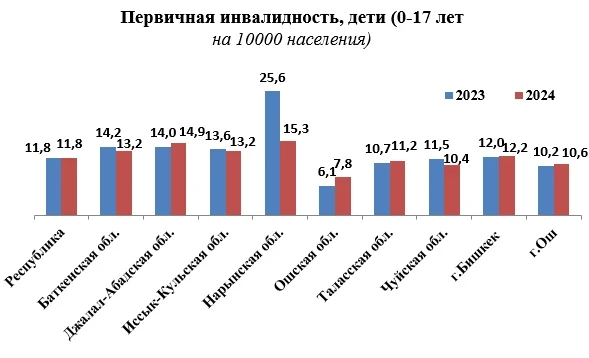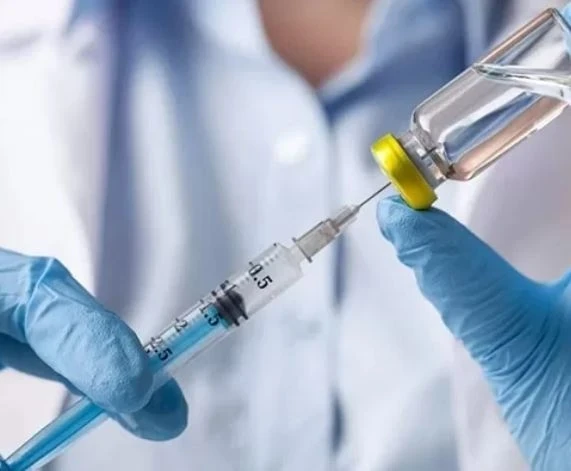Facts show that from 2022 to 2024, the resistance levels to key antibiotics, such as ceftriaxone and cefixime, have increased several times, reaching 5% and 11% respectively. Previously, such cases were rare.
An important step has been the increase in the number of countries participating in the EGASP program, which was launched by WHO in 2015. This international project collects data from laboratories and clinics around the world for analysis and to create treatment recommendations.
As of 2024, 12 countries, including Brazil, India, South Africa, and Sweden, have already provided their data. More than 3,500 cases of gonorrhea have been recorded, with a significant portion observed in countries of the Western Pacific region.
It is important to remember the proper use of antibiotics.
“The average age of those infected is 27 years, although there are both teenagers and elderly individuals among them. One in five cases is associated with men who have sex with men; nearly half of the patients reported multiple sexual partners in the previous month. Additional risk factors include recent antibiotic use and travel abroad,” the organization noted.
Experts warn that gonorrhea could become one of the most dangerous infections of the 21st century.In this regard, WHO urges countries to strengthen control, develop diagnostics, and ensure access to new treatment methods to combat the spread of the disease.
The photo on the main page is illustrative: dzen.ru/a/ZeVrGbMsSQc7oUOz.









